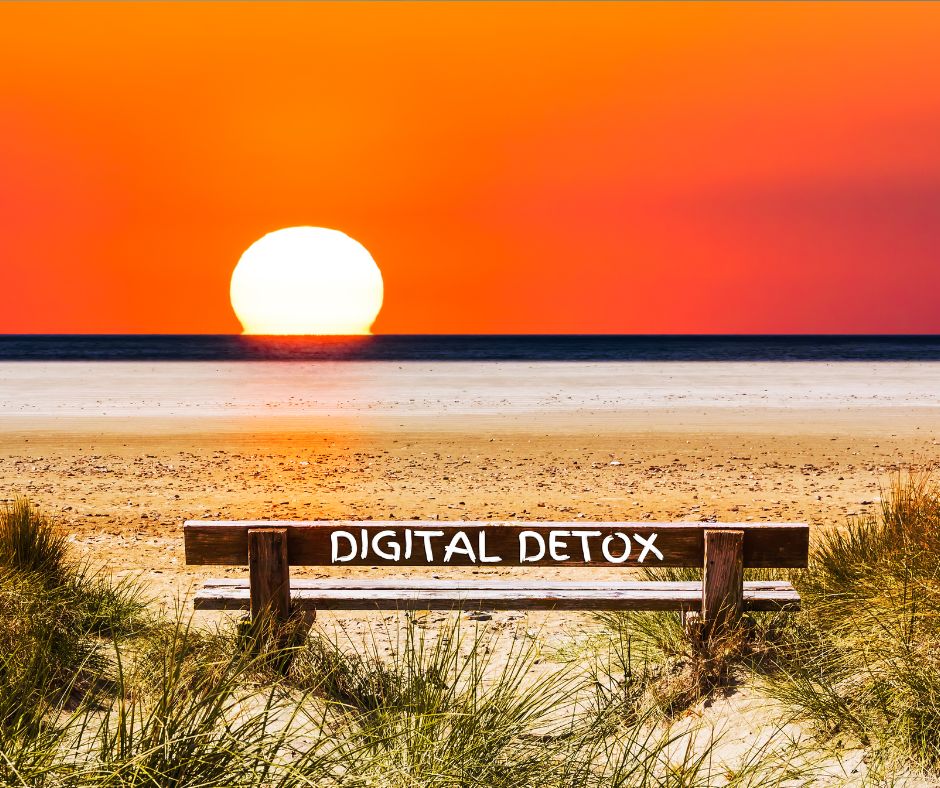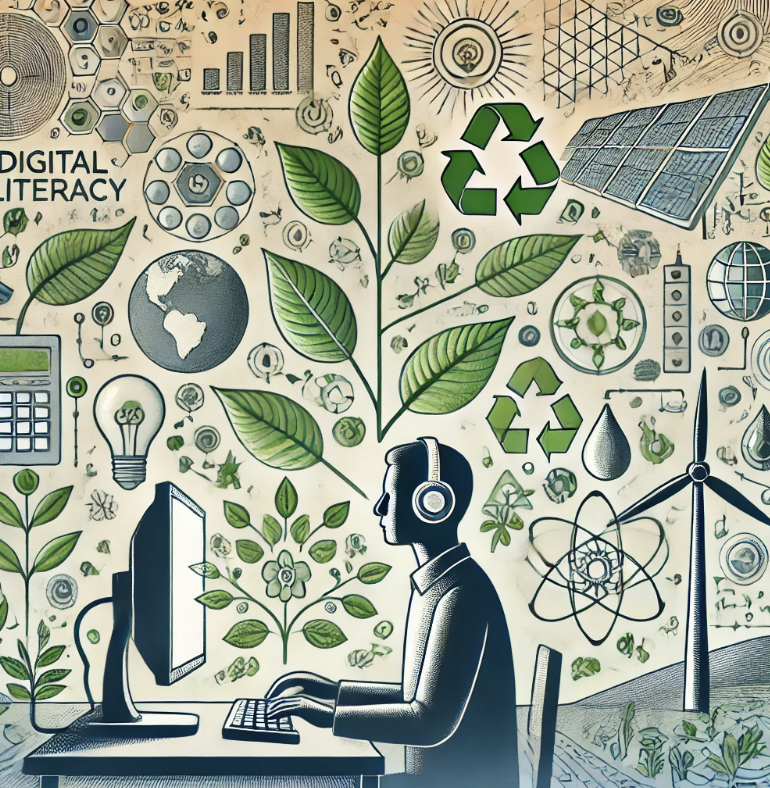Do you want to learn more about GNET ?
Click on the button below and download the guidelines for moderators to host debates.

In a recent Forbes article, Susie Violet Ward delves into the transformative journey of the bitcoin mining sector, navigating through rising energy expenses and environmental concerns. The industry is not merely adapting for survival; it is forging a path toward a sustainable and profitable future. Through innovative cooling solutions and operational tactics, bitcoin miners are not only thriving in a challenging market but are also contributing to environmental conservation.
Revolutionizing Energy Profiles:
According to Isaac Holyoak from CleanSpark, advanced cooling technologies play a pivotal role in enhancing mining efficiency and reducing the environmental impact. The strategic relocation of mining operations to colder regions coupled with smart airflow designs has resulted in significant energy savings. This shift not only improves the sustainability of bitcoin mining but also fosters profitability.
Immersion Cooling: A Game-Changer:
The article highlights immersion cooling as a groundbreaking method that further reduces reliance on energy-intensive cooling. In this technique, mining hardware is submerged in a special coolant, maintaining optimal temperatures and leading to a surge in hash rates without a parallel increase in power consumption. Holyoak emphasizes that immersion cooling not only conserves energy but also extends the lifespan of mining equipment, setting a new standard for mining rig efficiency.
Broader Implications for Technology Adoption:
The integration of advanced technologies, such as immersion cooling, into the bitcoin mining process is not confined to the industry itself. These mature technologies are now being adopted by traditional data centers, showcasing the potential for mining innovations to enhance energy efficiency across various industries. The crossover of these innovations signifies a broader impact on the digital infrastructure landscape.
Repurposing Excess Energy:
In the quest for sustainability, bitcoin miners are not stopping at cooling solutions. The article reveals that miners are now repurposing excess energy, transforming the unused byproduct heat from mining into a valuable resource. This excess heat is diverted for agricultural use or returned to the power grid, turning what was once a cost center into a new revenue stream. This innovative approach not only maximizes efficiency but also showcases the industry’s commitment to sustainability.
Conclusion:
The Forbes article paints a vivid picture of the evolving landscape of bitcoin mining, where sustainability and profitability go hand in hand. By embracing advanced cooling solutions, repurposing excess energy, and influencing broader technology adoption, the industry is not only adapting to environmental concerns but is also pioneering a more sustainable future. As bitcoin mining continues to innovate, it sets a precedent for other industries to follow suit, fostering a culture of responsible and profitable practices in the digital age.
SOURCE: https://www.forbes.com/sites/digital-assets/2023/11/06/the-green-frontier-bitcoin-minings-path-to-sustainability-and-profitability/?sh=4c506d02dfbc
You must be logged in to post a comment.








Click on the button below and download the guidelines for moderators to host debates.
The industry’s dedication to sustainability through innovations like immersion cooling and energy repurposing is truly commendable! It sparks a conversation about the broader impact these practices could have across different sectors, paving the way for a more environmentally conscious and economically viable digital future.
This article does an excellent job highlighting the innovative strides bitcoin mining has made towards sustainability, particularly with the use of advanced cooling technologies and energy repurposing. It’s fascinating to see an industry so often criticized for its environmental impact, turning the tide through ingenuity and strategic adaptations.
What stands out is the dual focus on sustainability and profitability. It’s a compelling case that these two objectives don’t have to be at odds; rather, they can fuel one another. The use of immersion cooling technology, for example, which enhances both the efficiency and the lifespan of mining equipment, is a testament to how technological advances can simultaneously boost profit margins and reduce environmental footprints.
However, while the advancements in bitcoin mining technology are promising, the broader implications for global energy consumption remain a concern. The article touches on the beneficial crossover of these technologies into traditional data centers, which could be crucial in mitigating the overall environmental impact of digital infrastructures. This transition could potentially amplify the positive effects of such innovations.
I’m curious about the scalability of these solutions. As the demand for bitcoin and other digital assets grows, can these innovative practices keep pace? Moreover, how can these technologies be made accessible to smaller players in the industry, ensuring that the benefits of sustainability are not just confined to the largest operators?
It would also be interesting to explore further how the repurposing of excess heat in other industries could serve as a model for other high-energy operations, such as large industrial complexes or cloud computing data centers. This could potentially create a ripple effect, leading to more widespread adoption of green practices across various sectors.
Overall, it’s encouraging to see the bitcoin mining industry not only acknowledge its environmental responsibilities but also actively pursue improvements that could set a benchmark for other sectors to follow.
Bitcoin mining refers to literal guesswork, and verifying existing transactions.
Mining is all about doing maths, and being the first one to get a 64-bit code. No single piece of silicon is 100% efficient, requiring cooling and electricity. A Nvidia A40, which costs about 4909 USD, would pay itself off in about, 112 years. That’s 12 cents a day. But, wait! That’s excluding electricity. The average cost of electricity in the US is 11.1 cents per kWH (per kilowatt hour) you will lose 39 cents per day.
Mining is not worth it, and it is a waste of energy, hardware and time.
What are you going to do? Sell heat?